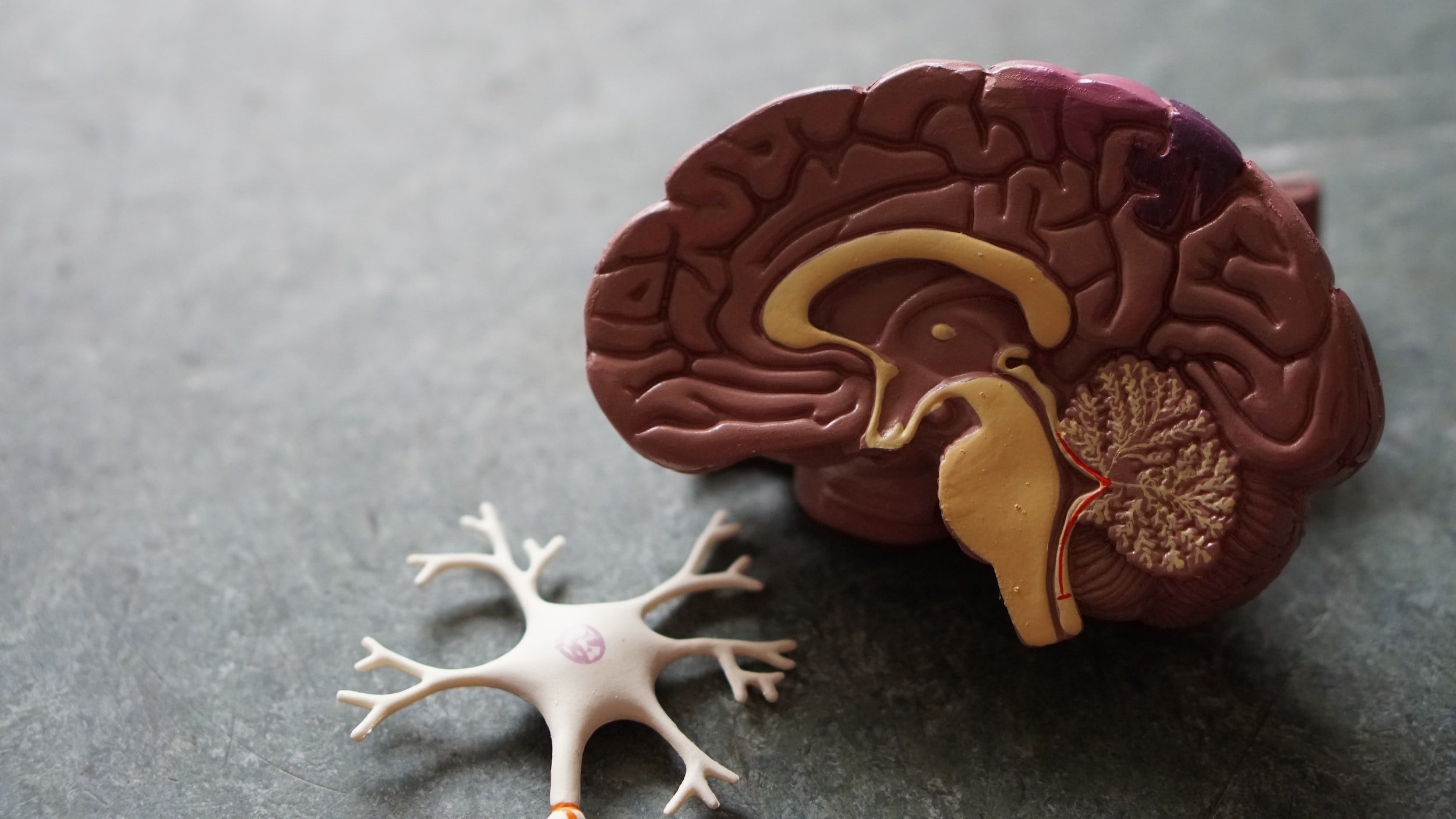
Accelerate brain injury recovery
Accelerate childrens’ learning development
Accelerate wellness goals
Enhance athletic performance
"Life changing!"
DISCOVER MULTI-SENSORY TRAINING
Multi-Sensory Training (MST) is a proven clinical intervention that helps the brain learn or relearn multi-sensory processing, the brain’s first phase of all learning. This impactful neuro-training can provide help for all ages and stages of life.
MST involves simultaneous application of specific wavelength ranges of colored light, vestibular stimulation (motion), auditory training, and somatosensory input.
While, MST is not a stand-alone intervention, it is a a powerful adjunct to the overall care of those suffering sensory processing dysfunctions often associated with concussion, general learning difficulties, ADHD, anxiety, PTSD, autism, sleep disturbances, emotional dysregulation, Long-Haul COVID, PANS/PANDAS, and more.
MST also has been shown to enhance sport performance by improving the communication of peripheral vision with motor skills. MST enhances reactive motor instincts.

INNOVATIVE TECHNOLOGY THAT TRAINS THE BRAIN TO OPERATE IN WHOLENESS
Frequently Asked Questions
-
Multisensory processing describes the ability of an intact, well-developed brain to receive information from multiple sensory pathways and modulate these inputs for optimal identification of and reactivity to environmental events. This is a biological example of the whole being greater than the sum of its parts. This ability of the brain has significantly contributed to our survival. It’s why we can do most of everyday navigation in our environment securely and efficiently without thinking about it. When a brain struggles with multi-sensory processing, we have to be “deliberate” versus being “automatic” in activities of daily living.
-
The MST process consists of 12 days in the clinic compressed within two weeks, approximately one hour per day. This is followed by 18 days of home based therapy. Beyond this, some participants benefit from in-office booster sessions determined individually.
Warning: due to its subcortical focus, MST may cause some participants to experience temporary neuro-retracing during the process. A retracing is the re-experiencing or re-awakening of past symptoms and dysfunctions. These typically only last minutes to hours and indicate benefits from MST are about to occur. Re-tracings may include, without limitation: pain, discomfort, imbalance, behavioral changes, and the re-occurrence of past thoughts, memories, feelings or emotions.
Under controlled and safe clinical conditions, MST is a foundational therapy that guides the establishment of multi-sensory regulation with the end result being enhanced filtering, fine-tuning, and prioritizing of sensory information coming into the brain from the environment.
-
MST is successful at facilitating a child’s self-development of multi-sensory processing which is often delayed in autism, ADHD, behavioral, general learning difficulties, and more).
MST helps traumatic brain injury (TBI) patients regain efficiency in their multi-sensory pathways after having been compromised as a result of the head injury. Our research on the use of MST with post concussion syndrome patients is convincing!
MST is often an excellent wellness tool for those suffering from anxiety, PTSD, car sickness, adult ADHD, emotional regulation, sleep difficulties, Long-Haul COVID, and more.
MST enhances sports performance by expanding peripheral vision and reactive motor instincts.
-
MST provides the foundation for higher level (cortical) interventions.
These include classroom instruction, vision therapy, speech therapy, cognitive therapy, mental health counseling, occupational therapy, tutoring, sport training, and any other top-down/cortical-based approaches that presume a solid base of sensory processing exists in the individual’s brain.
All subsequent learning is built upon multi-sensory processing being on “autopilot”. MST, in part, accomplishes this via direct action on the individual’s autonomic nervous system.

“This type of therapy proves effective irrespective of the age of the client, and across a wide spectrum of chronic developmental delays, brain damage, and behavioral disorders.
— Selwyn Super, Dr. Optom., PhD, Department of Psychology University of Southern California

